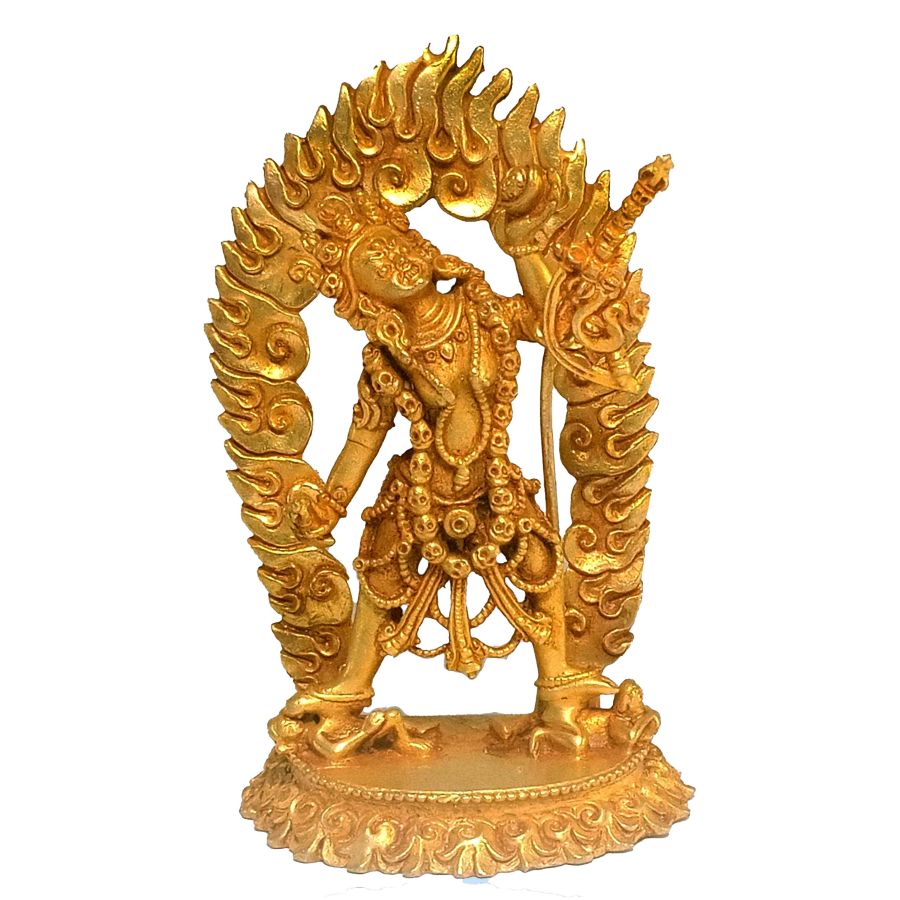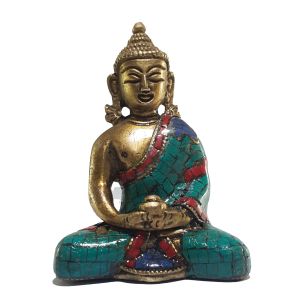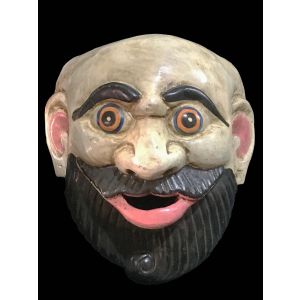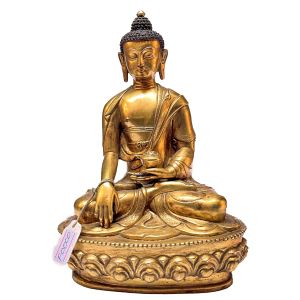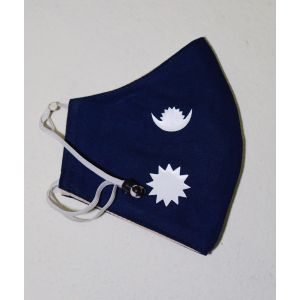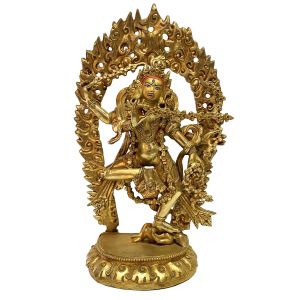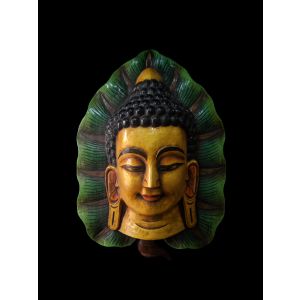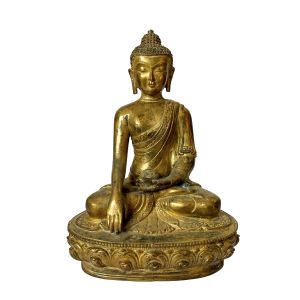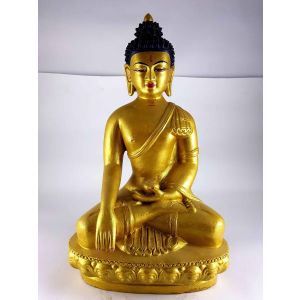Nepali Small Statue Of Vajrayogini , Full Gold Plated
| Seller | Handmade Handicraft |
|---|---|
| Product Tags | Handmade, Handicraft, Craft, Statue, Gold Plated, Idol, Sculpture, Vajrayogini, Bajrayogini, Vajrayogini Statue, Statue of Vajrayogini |
| UK Size | 4 |
| Seller | Admin |
